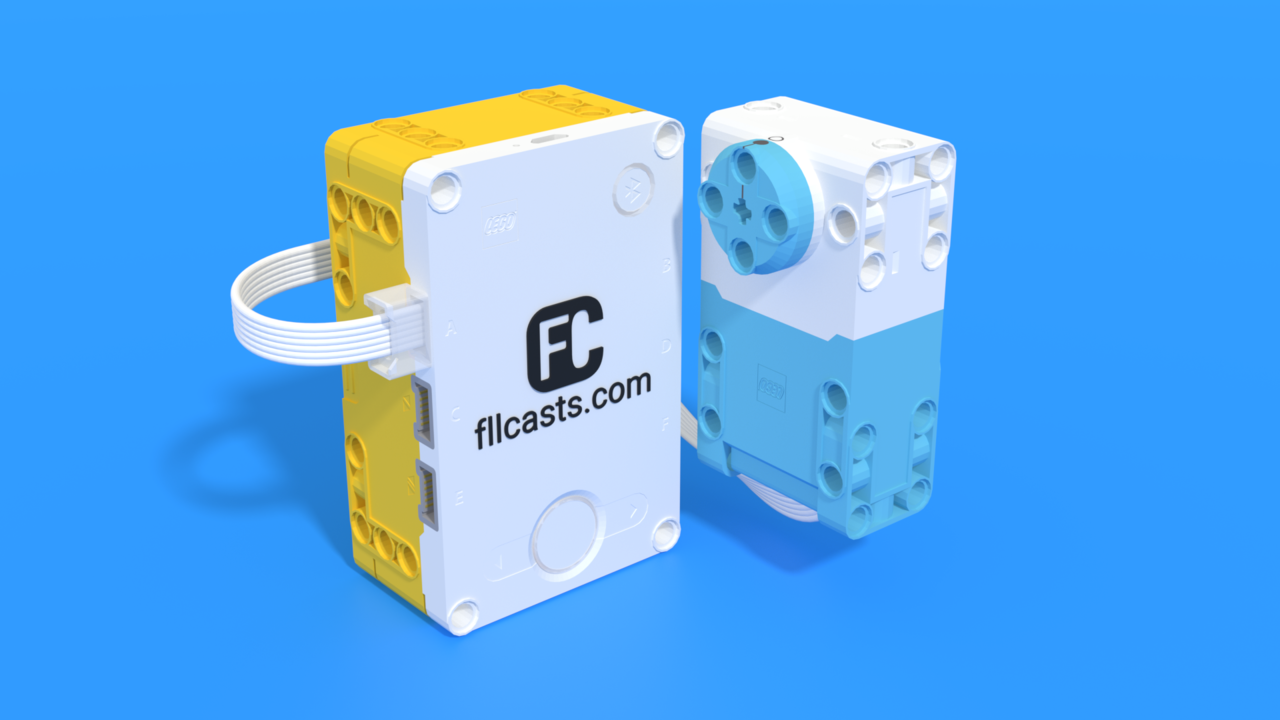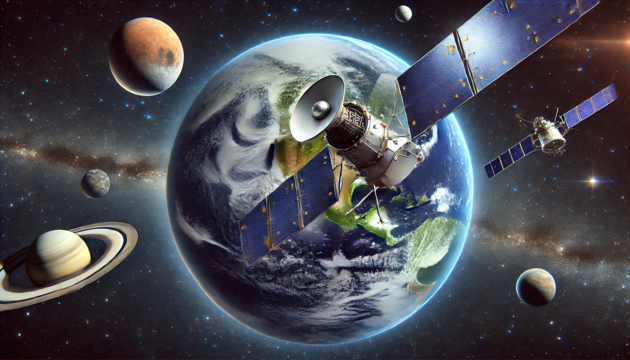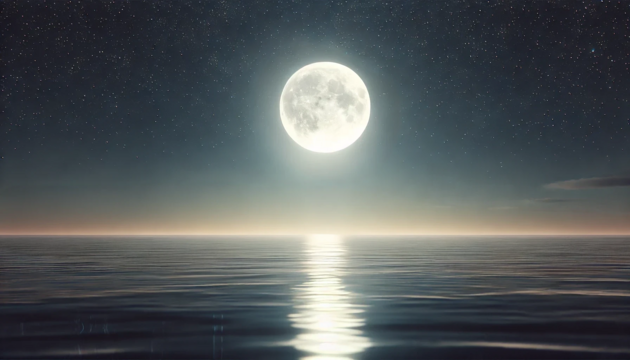
To access the full video please subscribe to FLLCasts.com
- #2004
- 01 Jul 2022
In this activity, students will learn how to sequence multiple blocks in a program. This happens through the story of waves and tides.
In the final program, the robot starts and returns from 50 cm, 30 cm, and 10 cm. In this way, it "detects" the waves during high tide, which are always moving back and forth, but during high tide, they get closer and closer to the robot. This is what the program looks like:

Important! Point out to the students that when stacking many blocks it is important to test the program every time they add one or two blocks, as this is the easiest way to spot if there is a mistake. Otherwise, with 10 blocks, if the robot does something wrong, it is difficult to find the error.
Courses and lessons with this Tutorial
This Tutorial is used in the following courses and lessons

Level A1 - Space Adventure - Robotics with LEGO SPIKE Prime
This is the first level of the LEGO Robotics Curriculum for second, third, and fourth-grade students.
A "space adventure" but with robots. Different robot structures are built in Level A1. The motors are controlled so that the robots perform precise movements around the "Earth", "Moon" and "Sun". We use the force sensor to overcome various obstacles we bump into. We learn interesting facts about the solar system and space vehicles.
- 65
- 30:30
- 76

Lesson 2 - Tidal waves
Introduction
Today, we will focus on an interesting effect caused by the Moon: tidal waves.
You may know that massive bodies have an attractive force - gravity. The Moon's gravity pulls the water in the oceans, which causes the sea level along the ocean coasts to temporarily rise or fall. The increased level is called high tide, and the decreased level is called low tide.
How much, do you think, can the difference between high and low tide be in the world?

The distance between high tide and low tide sea levels can reach up to 16 meters in the Bay of Fundy in Canada, and the lowest differences are in the Mediterranean, Baltic, and Black Seas, where they are only a few centimeters. We will use 50 cm as an average value as it is convenient for the task.
- 10
- 5
- 12
- 3d_rotation 1